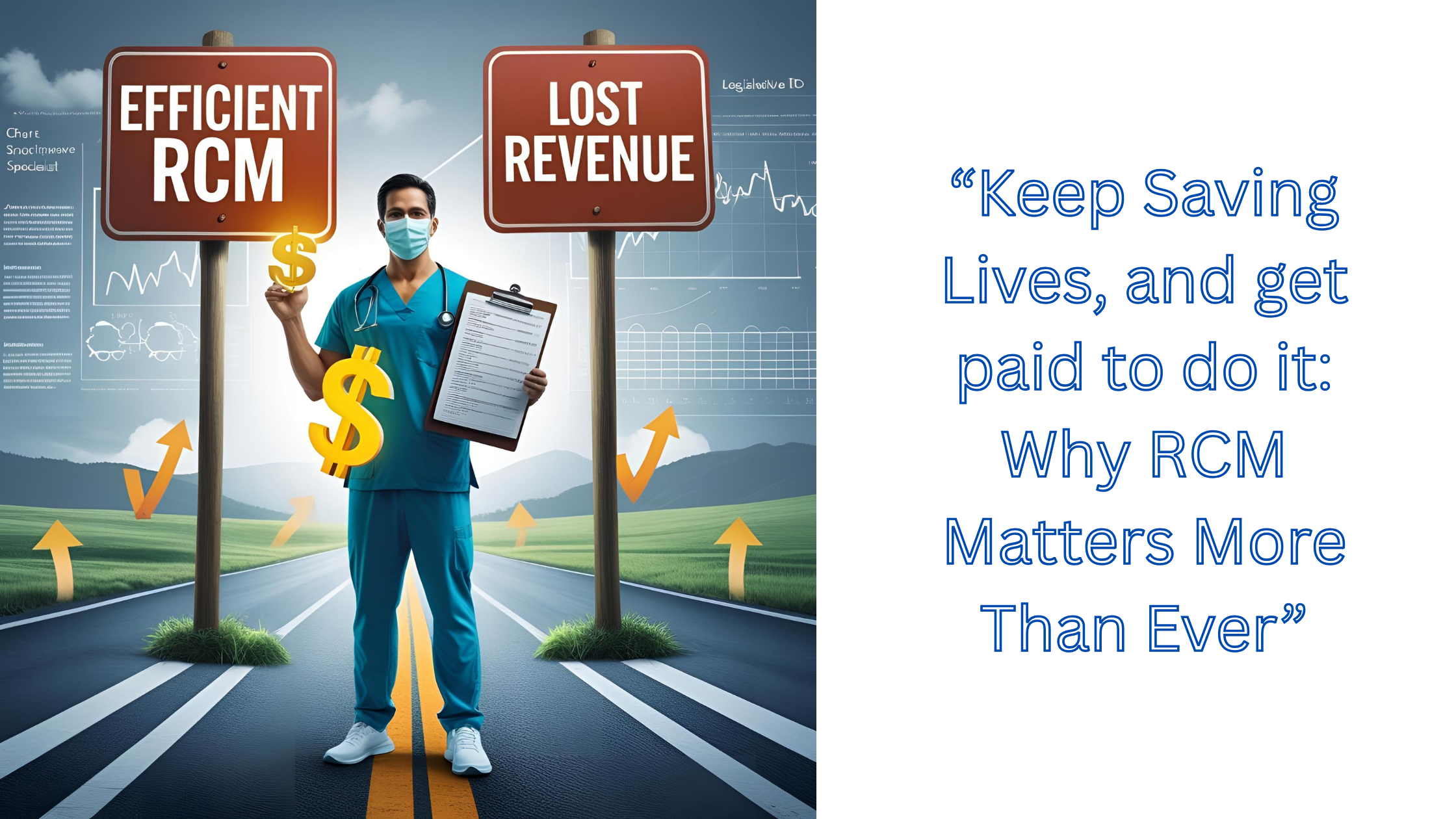Why Revenue Cycle Management Is More Critical Than Ever in a Vascular OBL/ASC Setting

With the impending changes from the “Big Beautiful Bill” and new reimbursement figures on the horizon, there’s one undeniable truth: revenue isn’t going to manage itself—especially not in today’s vascular landscape. If you run or manage a vascular Office-Based Lab (OBL) or Ambulatory Surgery Center (ASC), now is the time to double down on your Revenue Cycle Management (RCM) strategy.
The New Reimbursement Reality
Let’s face it—government dollars don’t come easy. Payers, both public and private, are tightening their belts. The proposed legislative changes, while aiming to support independent practices and improve access to care, will also come with new documentation requirements, prior authorization pitfalls, and reimbursement recalibrations that may feel like a moving target.
Whether you’re treating peripheral artery disease, managing complex embolization cases, or providing vein therapies, you can expect more hoops to jump through before that claim gets approved and paid in full.
—
Why RCM Can Make or Break Your Vascular Center
Revenue Cycle Management is the backbone of financial stability for OBLs and ASCs. Done right, it ensures your center stays profitable, compliant, and operationally efficient—even in a rapidly changing reimbursement environment. Done wrong? You’ll be chasing dollars that may never come.
Here’s why effective RCM is non-negotiable:
1. Early Detection of Coding Errors
Even a small CPT error or missing modifier can mean a denied claim. Vascular procedures often involve complex coding, and that complexity only increases with new bundled payments and quality reporting requirements. An experienced RCM team catches mistakes before they reach the payer.
2. Faster, Cleaner Claims
Proper pre-authorization, eligibility verification, and accurate documentation mean your claims go out clean—and get reimbursed faster. No more 90-day payment delays. In a model where margins are tight, speed equals sustainability.
3. Insights that Drive Growth
Good RCM isn’t just about chasing claims—it’s about seeing patterns. Are you underbilling for procedures? Are payers consistently denying embolization codes? A strong RCM process turns billing data into actionable business intelligence.
4. Better Patient Experience
RCM also impacts on your patients. Transparent estimates, accurate bills, and payment options improve satisfaction and trust. And satisfied patients? They come back and refer others.
—
Adapting to What’s Next
As new legislation rolls out and payers adjust accordingly, vascular OBLs and ASCs will need to stay nimble. This means:
· Educating staff on changing coding and documentation rules
· Monitoring denial trends closely
· Leveraging technology that automates eligibility checks, prior auth tracking, and payer rule updates
· Partnering with an RCM team that understands vascular and interventional procedures inside and out
This isn’t the time to go it alone or rely on legacy systems. RCM has evolved from a back-office function to a strategic asset.
—
Final Thoughts
You didn’t build your vascular center to play defense. But without a sharp RCM strategy, you’ll constantly be reacting to denials, underpayments, and missed opportunities. In this new era of reimbursement reform, the centers that win will be those that treat RCM not as a task—but as a tactic.
Looking to future-proof your revenue cycle strategy? Let’s talk. Whether you’re just getting started or ready to refine your process, we’re here to help your vascular center thrive.



